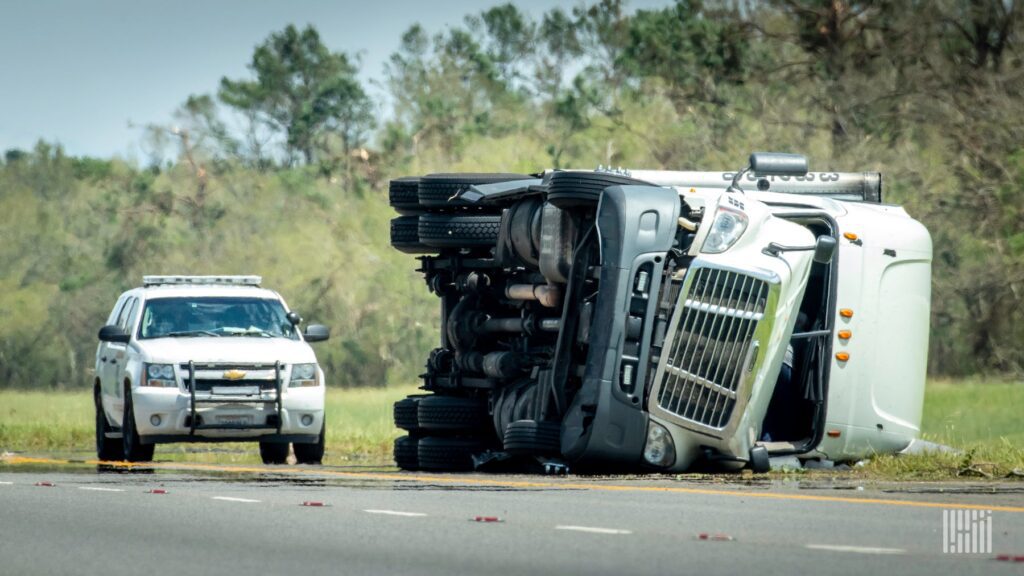Minimum Insurance Requirements
The federal government is tasked with establishing minimum insurance requirements for trucking companies and brokers; however, a shortage of data from insurers is hindering regulators’ ability to determine if current coverage levels should be adjusted.
Rising Costs of Crashes
In a recent report submitted to Congress, the Federal Motor Carrier Safety Administration (FMCSA) highlighted that the financial impact of serious truck or bus accidents has escalated significantly over the past four decades. Although these incidents are infrequent, the costs arising from property damage, injuries, and fatalities can often far exceed the minimum financial responsibility amounts.
Insufficient Data Availability
The FMCSA noted that it lacks essential information to properly evaluate the adequacy of existing financial responsibility levels for incidents involving bodily injury and damage to property, which are set at $750,000 for general freight carriers and $75,000 for brokers and freight forwarders. Many of the legal cases that arise from such accidents tend to be settled out of court, leaving a gap in the data. Additionally, the agency mentioned that much of the data provided by insurance companies is proprietary.
Impact of Inflation
In a report from 2013 discussing trucking insurance requirements, the FMCSA concluded that minimum insurance limits were inadequate for covering catastrophic accidents due primarily to rising medical expenses. This situation has worsened in recent years.
The agency warned that the real value of current minimum financial responsibility levels is declining, which undermines the insurance’s ability to cover catastrophic incidents. Data from the FMCSA revealed that between 1985 and 2019, the medical consumer price index (CPI) grew at a significantly higher rate than the core CPI, resulting in adjusted CPI levels that greatly surpass the minimum monetary coverage established in 1985.
| Carrier Type | 1985 Liability Limit Required | 2019 Inflation-Adjusted Limit (Core CPI) | 2019 Inflation-Adjusted Limit (Med. CPI) |
|---|---|---|---|
| General Freight | $750,000 | $1,763,317 | $3,360,687 |
| Hazmat (Lower-Risk Shipments) | $1,000,000 | $2,351,089 | $4,440,916 |
| Hazmat (Higher-Risk Shipments) | $5,000,000 | $11,755,444 | $22,404,581 |
Previous Attempts to Address the Issue
The FMCSA attempted to tackle the issue in 2014 by proposing to increase minimum insurance requirements; however, it withdrew the proposal in 2017 after receiving 2,200 comments, citing a lack of sufficient data to proceed.
Support and Opposition to Raising Minimums
Trial lawyers have been among the strongest advocates for raising minimum insurance limits, arguing that the current minimum coverage doesn’t sufficiently protect against the costs of catastrophic accidents, ultimately shifting the burden onto taxpayers. A proposal to raise the insurance minimums from $750,000 to $2 million was included in last year’s infrastructure bill but was later removed. The Owner-Operator Independent Drivers Association expressed relief over this exclusion, asserting that raising insurance minimums could drive safe, experienced owner-operators out of business, thereby jeopardizing highway safety rather than enhancing it.
Related Articles:
Click for more FreightWaves articles by John Gallagher.


